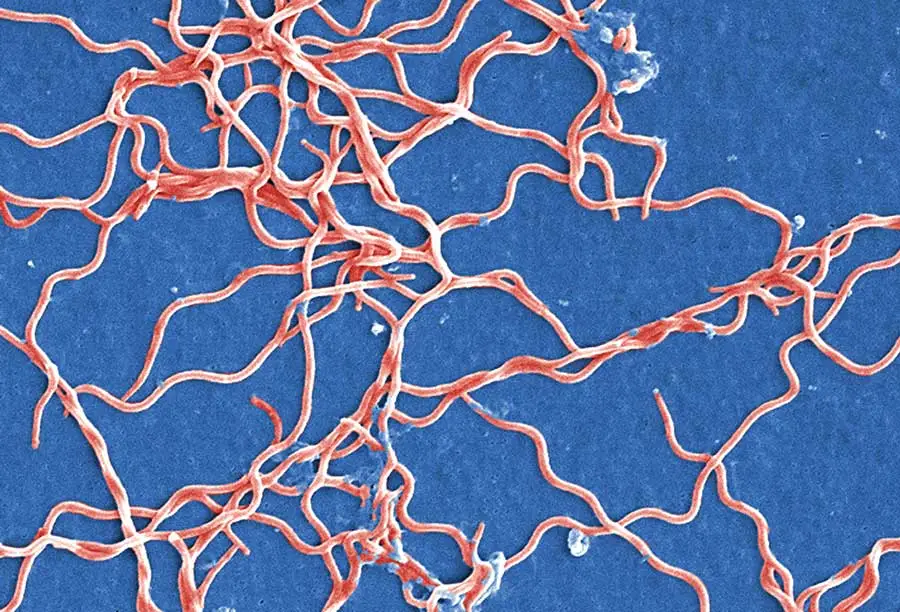
Lyme disease is an abundantly present vector-born disease, with nearly 400,000 new cases in the U.S. diagnosed each year. While treatment with antibiotics is effective, if the disease goes unnoticed and unchecked it can lead to lifelong damage to the nervous and musculoskeletal system. Hence, it is critical to detect the disease as early as possible, however this becomes a complex issue since not every case results in erythema migrans (EM), the characteristic skin lesion of Lyme disease. This issue is further complicated since current serodiagnostics lack sensitivity in early Lyme disease detection, when treatment would be the most effective. One group sought to solve this issue by developing a method more sensitive and more specific than the current ones, ultimately using linear peptide epitomes to better diagnose Lyme disease.
Linear peptide epitomes lead to higher specificity and sensitivity in Lyme disease assays
LifeTein synthesized peptides from prominent B. burgdorferi antigens expressed during human infection of Lyme disease for the group to utilize. Their idea is to use synthetic peptides that contain the linear epitomes necessary, rather than protein antigens that often have cross-reactive epitomes. Eliminating the cross-reactive epitomes leads to more specificity within the tests, and more sensitivity as well. While the results for the single peptide epitomes were less than anticipated, the group found that using the epitome peptides in pairs resulted in the specificity and sensitivity they had hypothesized.
Diagnostic assessment of Lyme disease is in dire need of an improvement to efficiently catch it in the early stages, and these linear peptide epitomes are shaping to be a key part of the solution. The group hopes that their research will allow future works to improve upon their studies and one day include the linear peptide epitomes as part of a potential multi-peptide-based assay for the laboratory diagnosis of Lyme disease.
Arnaboldi PM, Katseff AS, Sambir M, Dattwyler RJ. Linear Peptide Epitopes Derived from ErpP, p35, and FlaB in the Serodiagnosis of Lyme Disease. Pathogens. 2022; 11(8):944. https://doi.org/10.3390/pathogens11080944
